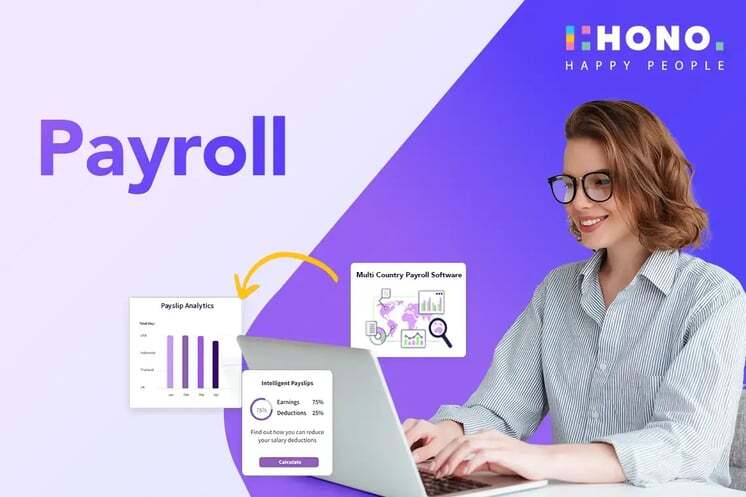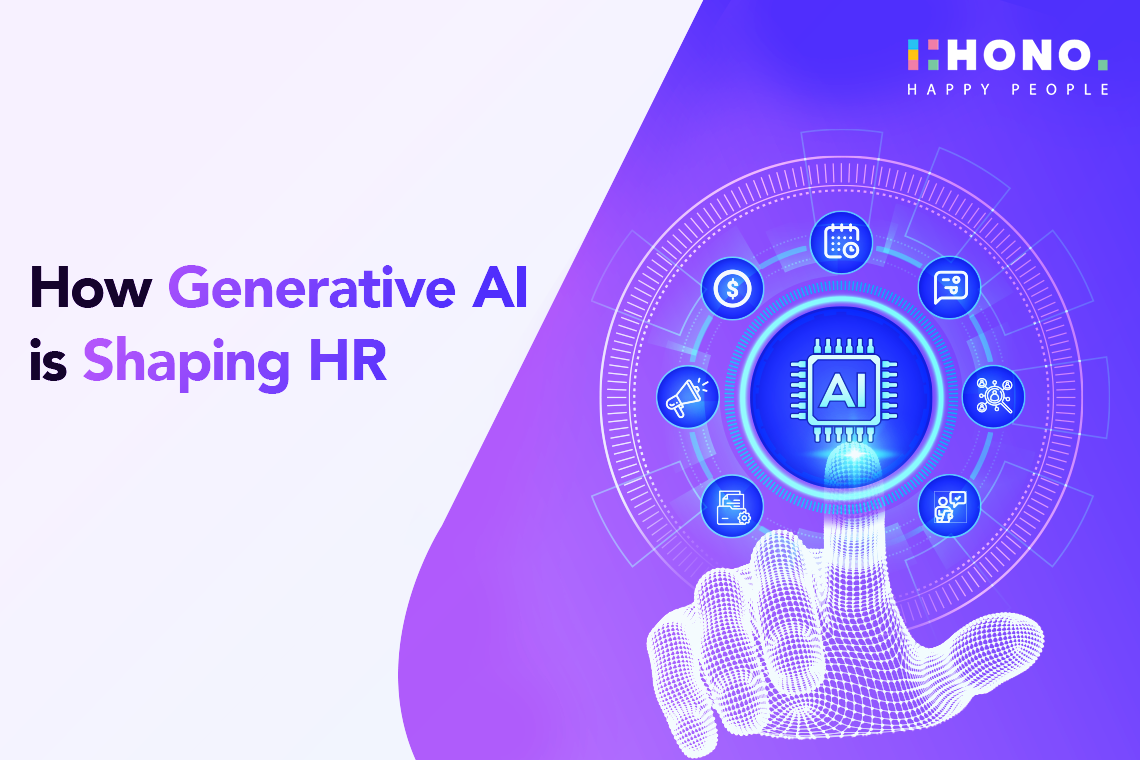What is Cloud LMS?
In the ever-evolving educational technology sector, Cloud-Based Learning Management Software (LMS) stands out as a transformative force. Unlike traditional On-Premises LMS, Cloud LMS operates on a web-based platform, enabling seamless access to educational content from anywhere with an internet connection. This flexibility and accessibility define the core essence of cloud-based learning management software.
Cloud LMS leverages cloud computing technology to deliver a scalable and user-friendly solution for organizations looking to streamline their training processes. By centralizing data and applications on remote servers, Cloud LMS eliminates the need for on-site infrastructure, offering a more agile and responsive approach to learning management.
What is On-Premises LMS?
In Learning Management Systems (LMS), On-Premises solutions represent the traditional approach to managing and delivering educational content. Unlike their cloud-based counterparts, On-Premises LMS operates locally, with the software and data hosted on the organization's own servers or data centers. This provides a unique set of advantages and considerations that organizations must weigh against the backdrop of modern alternatives like Cloud-Based Learning Management Software.
On-premises LMS entails a more hands-on approach to infrastructure management, requiring organizations to invest in physical servers, maintenance, and IT personnel to oversee the system's operation.
Challenges
On-premises LMS encounters distinct challenges, notably in terms of scalability and accessibility. Unlike Cloud LMS, On-Premises solutions may struggle to swiftly accommodate fluctuating user numbers or resource demands, potentially leading to operational constraints during periods of growth or change. Additionally, the model may pose limitations on remote access, impinging on the expected flexibility and convenience for learners. These challenges underscore the trade-offs associated with the traditional On-Premises approach, emphasizing the need for organizations to carefully weigh these factors against the advantages when deciding on their preferred learning management system.
Comparative Benefits: Cloud LMS vs. On-Premises LMS
|
Benefits
|
Cloud LMS
|
On-Premises LMS
|
|
Scalability
|
Easily scalable to adapt to changing user numbers
|
Customization allows scalability for stable needs
|
|
Accessibility
|
Anytime, anywhere access for enhanced flexibility
|
Localized control over access and data security
|
|
Cost Efficiency
|
Lower upfront costs with a pay-as-you-go model
|
Potential long-term cost-effectiveness for large enterprises
|
|
Control and Customization
|
Limited control but simplified maintenance
|
Complete control and extensive customization
|
|
Automatic Updates
|
Automatic updates for the latest features
|
Manual control over updates for specific needs
|
|
Data Security
|
Relies on the security measures of the service provider
|
Direct control over data security on local servers
|
|
Maintenance Responsibility
|
Managed by the service provider
|
In-house responsibility for maintenance
|
Key Factors to Consider While Choosing Between Cloud and On-Premises LMS
Cost Considerations: When evaluating learning management solutions, the initial investment is a crucial factor. Cloud-based Learning Management Software (LMS) often presents a more cost-effective option, as it eliminates the need for significant upfront expenditures on hardware and infrastructure. On the other hand, On-Premises LMS may require a substantial initial investment in servers, software licenses, and maintenance. While Cloud LMS typically follows a pay-as-you-go model, leading to predictable and scalable costs, On-Premises solutions may incur long-term expenses related to maintenance, upgrades, and personnel management. Organizations must carefully assess the total cost of ownership over the lifespan of the chosen LMS.
Scalability: Scalability is a pivotal factor in adapting to evolving organizational needs. Cloud LMS excels in this regard, offering seamless scalability to accommodate changing user numbers and resource demands. The ability to scale resources up or down based on demand ensures optimal efficiency. In contrast, On-Premises LMS may face challenges in quick adaptability, potentially leading to constraints during periods of growth.
Security and Data Privacy: Security is paramount in the realm of learning management. Cloud LMS providers prioritize robust security measures, often employing encryption protocols and data redundancy to safeguard sensitive information. However, for organizations with heightened security concerns or specific compliance requirements, On-Premises LMS allows direct control over data security and privacy. This may be a determining factor in industries where data protection is of utmost importance.
Accessibility and User Experience: Accessibility and user experience play a crucial role in the effectiveness of an LMS. Cloud-based solutions, such as Cloud LMS, offer anytime, anywhere access, fostering a more flexible and convenient learning environment. Learners can access educational content remotely, enhancing the overall user experience. Conversely, On-Premises LMS may pose limitations on remote access, potentially impacting the flexibility and convenience that modern learners expect.
As organizations weigh the pros and cons of Cloud LMS vs. On-Premises LMS, careful consideration of these factors is essential to align the chosen learning management solution with the unique needs and goals of the business.
Making the Decision
When businesses embark on the crucial decision of selecting a learning management system, careful consideration of specific evaluation criteria is paramount. Factors such as the organization's scalability needs, budget constraints, and security requirements should be weighed against the backdrop of Cloud-Based Learning Management Software (LMS) and On-Premises LMS. Key elements include assessing the adaptability of the chosen solution to the company's growth trajectory, ensuring a balance between initial investment and long-term expenses, and prioritizing features that align with the organization's unique learning goals.
Also Read: Strategies for Corporate Learning Management
Common Pitfalls to Avoid
While choosing between Cloud LMS and On-Premises LMS, businesses must be wary of common pitfalls that could impact the effectiveness of their learning initiatives. Pitfalls may include underestimating the true cost of ownership, overlooking scalability needs, or neglecting the importance of user experience. Additionally, relying on a one-size-fits-all approach without considering the organization's specific requirements may lead to suboptimal outcomes. It is crucial to conduct thorough research and avoid succumbing to pitfalls that could hinder the successful implementation of the chosen LMS.
The decision between Cloud-Based Learning Management Software and On-Premises LMS is a pivotal choice that shapes the trajectory of an organization's learning initiatives. By carefully evaluating the provided criteria, avoiding common pitfalls, and drawing inspiration from real-world scenarios, businesses can make informed decisions aligned with their specific needs. As the landscape of LMS solutions continues to evolve, the importance of adapting to technological advancements and prioritizing user-centric experiences remains at the forefront. The key to success lies in a strategic and well-informed decision-making process that considers both the present and future needs of the organization.
Request a Demo Now!

.png?width=70&height=70&name=Team%20HONO%20logo-01%20(1).png)








.jpg)
